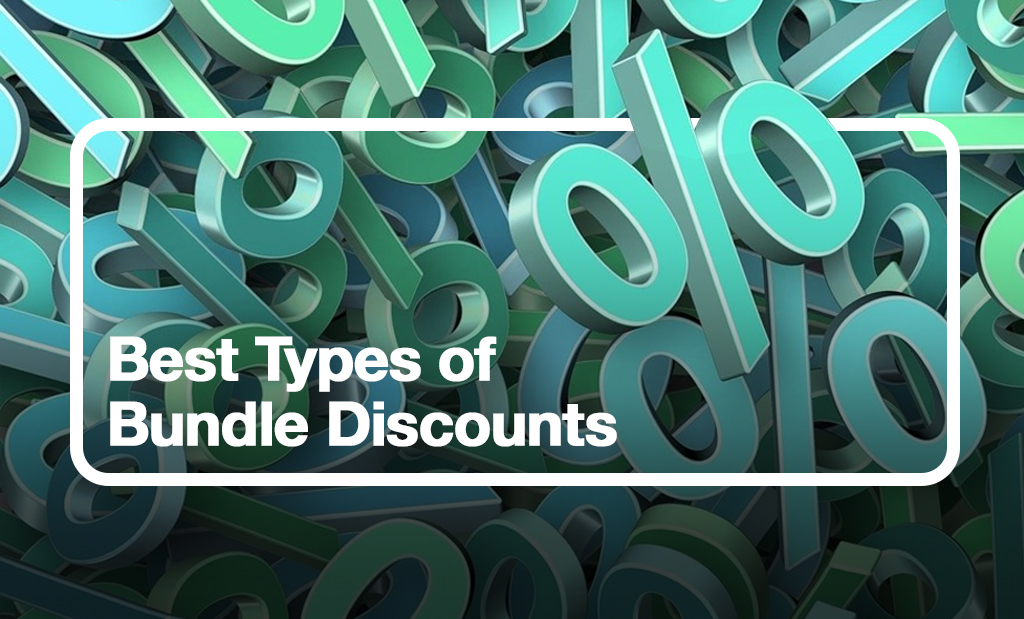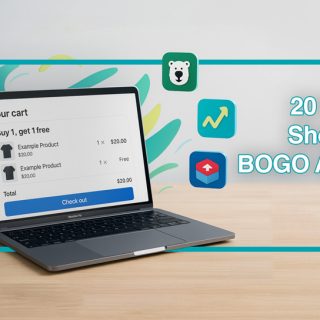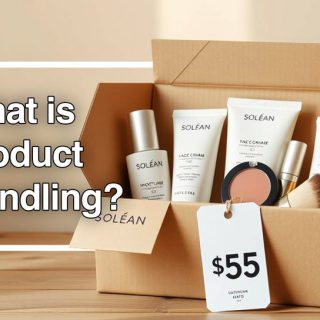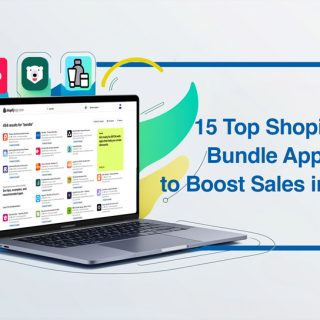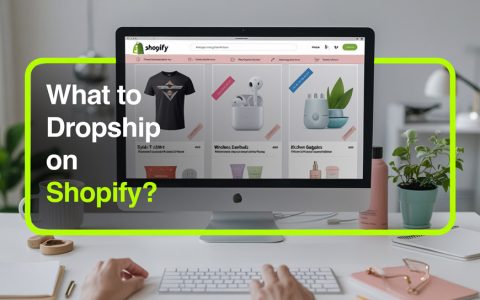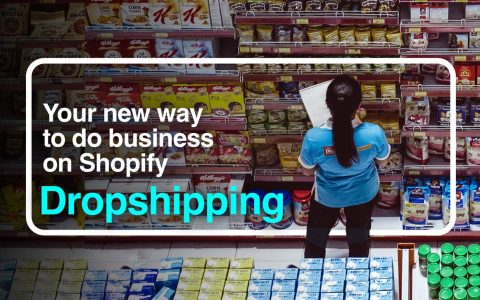Offering Bundle discounts to customers, if done correctly, can be the winning ticket for any kind of business, be it a small local shop that sells homemade candles and scarves, an online store for sports supplies or even big cosmetics and skincare brands.
A Bundle discount offers customers “reduced prices when purchasing grouped items”. In eCommerce, bundle discounts boost sales, increase average order value, and enhance customer satisfaction by providing greater value and convenience. On the other hand, there are tons of tools and built in options to facilitate discounts, whatever platform you’re setting your shop in Want to know more about creating discounts and making customers more loyal? Lets dive in.
What is a Bundle Discount?
A bundle discount means offering a special price when customers purchase multiple items together. Instead of buying each product separately at full price, shoppers enjoy savings by choosing bundled deals. This strategy is widely used in eCommerce to boost sales and enhance customer value.
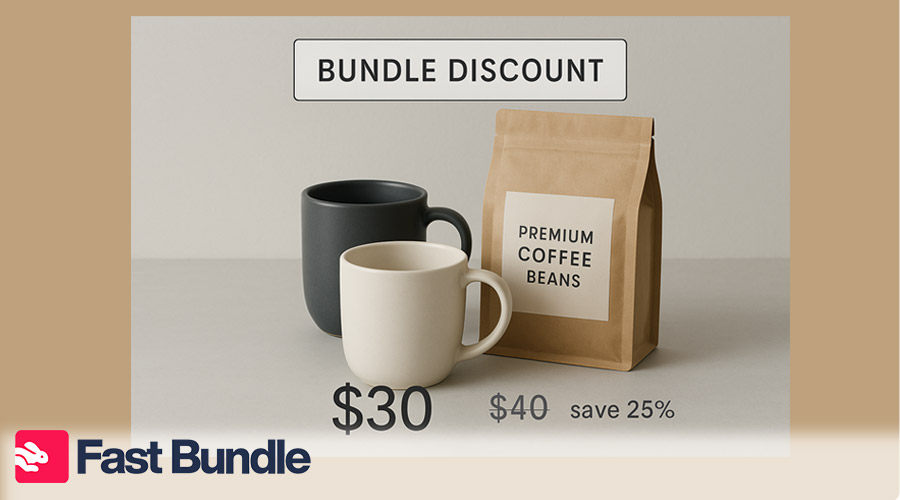
Bundle discount meaning can be better understood with examples. Imagine Apple offering discounted accessories like AirPods when purchased with a new MacBook or Amazon’s “Frequently Bought Together” feature, where items like a Kindle, case, and screen protector are bundled at a reduced cost. Similarly, streaming platforms like Disney+ offer bundle deals with Hulu and ESPN+ at a lower combined subscription price.
Bundle discounts not only encourage customers to buy more but also improve their shopping experience by offering convenient, value-packed deals. Businesses benefit from increased sales and customer loyalty, making this a win-win strategy for both buyers and sellers.
Bundle discounts not only encourage customers to buy more but also improve their shopping experience by offering convenient, value-packed deals. Businesses benefit from increased sales and customer loyalty, making this a win-win strategy for both buyers and sellers.
Unlocking Sales Growth: 5 Platforms That Thrive with Bundle Discounts
Bundle discounts are incredibly versatile and can be leveraged across various platforms, both online and offline, to drive sales and improve customer satisfaction. Whether it’s a small online store or a large global marketplace, bundle discounts work across different industries, helping businesses clear inventory, increase average order value, and engage customers in new and exciting ways. Implementing bundle discounts on the right platform allows businesses to take advantage of customer shopping behavior, making it easier to create personalized deals that resonate with target audiences.
Here are 5 platforms where bundle discounts have been particularly successful:
Shopify
Shopify allows store owners to create customized bundles using both built-in tools and third-party apps like Fast Bundle. With its user-friendly interface, Shopify merchants can offer effective Shopify bundle discounts such as Buy X, Get Y, Fixed Bundles, Volume Discounts, Mix and Match, and Frequently Bought Together to increase average order value and encourage repeat purchases.
Amazon
Amazon’s “Frequently Bought Together” and “Buy 1 Get 1” bundle promotions are among the platform’s most popular features. This encourages shoppers to add complementary items to their cart and helps businesses promote related products, resulting in higher conversion rates and increased sales.
Costco
A pioneer of bulk buying, Costco’s bundle discounts work seamlessly with its membership model. Offering members significant discounts for purchasing larger quantities of goods, Costco has turned the bundle discount strategy into a key driver for increased sales and customer loyalty, especially in categories like groceries and home essentials.
Etsy
Etsy shop owners often create bundle discounts to attract more customers and clear out excess stock. Sellers on Etsy can use bundles like “Buy 2 handmade scarves, get 1 free” or “Save 15% when you buy any three items.” This helps shop owners promote related products while offering shoppers a better deal on curated collections.
The Body Shop
Known for its skincare and beauty products, The Body Shop runs “Buy 3, Get 2 Free” promotions, which encourage customers to explore more items from their product range. The combination of discounts and product discovery helps increase sales while enhancing customer loyalty to the brand.
Why Bundle Discounts Work?
Bundle discounts are one of the most effective strategies for boosting sales and customer satisfaction in eCommerce. At their core, bundle deals offer customers a discount when they purchase multiple items together. This creates a sense of value, encouraging shoppers to add more items to their cart to maximize their savings. By offering customers the chance to get more for less, businesses can increase the average order value (AOV) and, in turn, drive higher revenues.
Beyond just increasing sales, bundle discounts help businesses move slow-moving inventory by pairing underperforming products with best-sellers. This tactic clears out excess stock while maintaining profitability. Additionally, bundling can encourage customers to explore new or complementary products they may not have considered purchasing individually, which not only increases sales but also boosts customer engagement.
Bundle discounts also foster customer loyalty. By offering limited-time deals or exclusive bundles, customers feel incentivized to return to the store for future purchases. Whether it’s a simple “Buy 2, Get 1 Free” offer or a more complex price-based bundle, these discounts create a compelling reason for customers to buy more and keep coming back for more.
Best Types of Bundle Discounts
There are a variety of bundle discount options to help store owners boost sales and customer engagement. These bundles not only appeal to different customer needs but also create opportunities to strategically pair products. Here are the most effective types of bundle discounts and how to implement them in your business
Product Bundles
Product bundles group related items together, encouraging customers to purchase more. One of the most well known Bundle discount examples is Buy X Get Y. Offering things like “Buy two shirts, get one at 50% off” motivates shoppers to add additional items to their carts. This type of bundle discount is ideal for increasing average order value (AOV) and works particularly well with complementary products. Shopify apps like fast bundle or Bold Bundles make setting up these deals simple by allowing you to group products and apply tiered discounts.
Price-Based Bundles
Price-based bundles reward customers for reaching a spending threshold. For instance, a promotion like “Spend $50, get $10 off” incentivizes shoppers to add extra items to qualify for the discount. This approach increases AOV and gives customers a sense of value.
Category Bundles
Category bundles focus on specific product groups, encouraging exploration within a category. For example, “Buy any 3 skincare products, get 1 free” is an effective way to promote cross-selling while introducing customers to other products in the same range.
Tips to Optimize Bundle Discounts for Sales
To maximize the effectiveness of your bundle discounts, follow these tips to attract customers and boost sales.
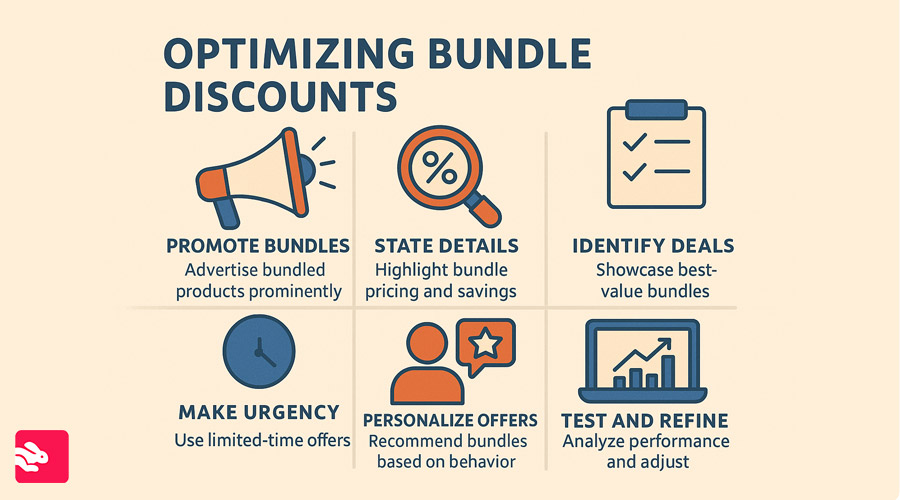
Promote Your Bundles Effectively
Make sure customers know about your bundle deals. Use eye-catching banners on your website, share promotions on social media, and send targeted email campaigns to highlight your bundle discounts. Engaging visuals and clear messaging can significantly increase visibility and interest.
Keep the Discounts Clear
Avoid vague or complicated offers that might confuse shoppers. Clearly state the details of your bundle discount (e.g., “Buy 2, get one free”) and make it easy to understand. This transparency builds trust and encourages purchases.
Monitor Performance
Leverage Shopify analytics to track the performance of your bundles. Identify which deals perform best and adjust your strategy accordingly. Apps like Bundler or Bold Bundles often provide additional reporting tools to fine-tune your offerings.
Offer Time-Limited Deals
Create urgency by setting a limited-time offer for your bundle discounts. Use countdown timers on your website and in emails to encourage customers to act quickly. Scarcity can drive sales by pushing shoppers to make faster decisions.
Personalize Bundle Offers
Use customer data to offer personalized bundle discounts. For example, suggest bundles based on their past purchases or browsing behavior. Apps like Personalized Recommendations can help customize the shopping experience, increasing the likelihood of conversion.
Test and Refine Your Bundles
Regularly test different bundle configurations to see what resonates best with your audience. Experiment with product combinations, discount percentages, and pricing structures. Bundle pricing strategy is a vital part of your discount and can make or break the bundle sale. Use A/B testing to track which bundles generate the most sales and adjust your strategies accordingly.
By implementing these tips, you’ll create appealing, effective bundle discounts that attract customers, drive sales, and build loyalty. That’s exactly three main points that make a successful store, both in shopify and physical.
Bundle discount examples
To better understand these concepts, here are some stores that are actually using them in their day-to-day practice:
BOGO in Payless Shoe Store:
Payless ShoeSource is a shoe company that frequently offers BOGO deals on their footwear. Customers can buy one pair of shoes and get a second pair of equal or lesser value for free. This strategy attracts bargain hunters and helps the store clear out older inventory, making room for new stock.
Vista Print:
Vista Print is a Shopify store providing marketing products and uses BOGO deals to attract customers. For example, they offer “Buy One Business Card Set, Get One Free” promotions. This not only boosts sales but also encourages customers to try additional products or services that Vistaprint offers.

Costco Physical Stores:
One of the best examples of volume discounts in various categories is good old Costco. This chain is well-known for its volume discounts, especially on groceries and household items. For instance, they offer significant discounts on bulk purchases of snacks, beverages, and cleaning supplies. Members who buy in larger quantities benefit from lower per-unit prices, driving higher overall sales for Costco.
The Body Shop Physical Stores:
The Body Shop is a world-known beauty and skincare brand, often running “Buy 3, Get 2 Free” promotions on their products. This deal encourages customers to purchase multiple items to maximize their savings. The promotion is advertised in-store with eye-catching displays and through online marketing campaigns. You can fill your basket with face toners, body creams, and hair masks and get a good deal buying them.
Beard Brand:
Beardbrand, a Shopify store that sells grooming products for men, offers a “Buy 2, Get 1 Free” deal on their beard oils and grooming kits. This promotion is prominently featured on their website and through email newsletters, incentivizing customers to purchase multiple products to take advantage of the free item.
Fast Bundle, a Shopify bundle app for customizing discounts
Want help in implementing all of the best types of discounts and managing your Shopify bundles?
Fast Bundle is a Shopify bundle discount app that helps store owners design various types of bundles, manage their inventory, and customize their bundle-making efforts to the highest efficiency. Fast Bundle integrates seamlessly into your Shopify store, automating all your product bundling processes. Whether you want to create single-product bundles or multi-product bundles, Fast Bundle provides a comprehensive list of bundle types to choose from. Each bundle can be custom-made, allowing you to design offerings that are perfectly tailored to your customers’ interests.
FAQ
What is the meaning of a bundle discount?
A bundle discount offers customers a price reduction when buying multiple products together. For example, “Buy 2 shirts, get 1 at 50% off” encourages larger purchases while providing savings for customers.
Can I create bundle discounts on Shopify without an app?
Yes, Shopify’s built-in discount tools can handle basic setups like “Buy X, Get Y.” However, apps like Bundler or Bold Bundles are recommended for advanced features such as tiered pricing or custom bundle displays.
What are the best types of bundle discounts for increasing sales?
Product bundles (e.g., “Buy 2, get 1 free”), price-based bundles (“Spend $50, get $10 off”), and category-based bundles (“Buy 3 skincare items, get 1 free”) are effective for boosting average order value and encouraging product exploration.
